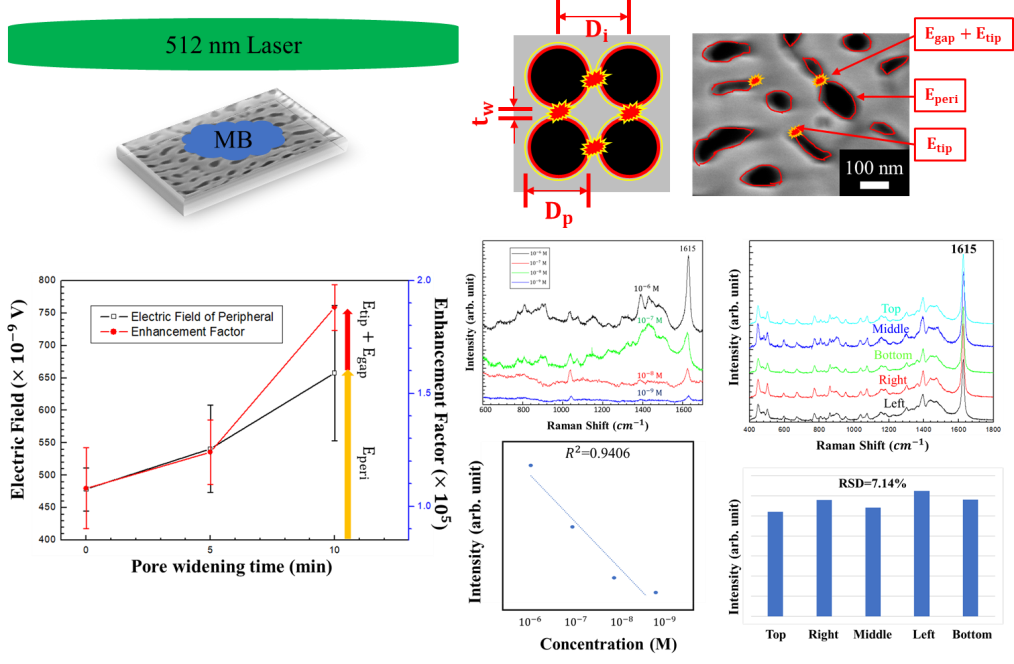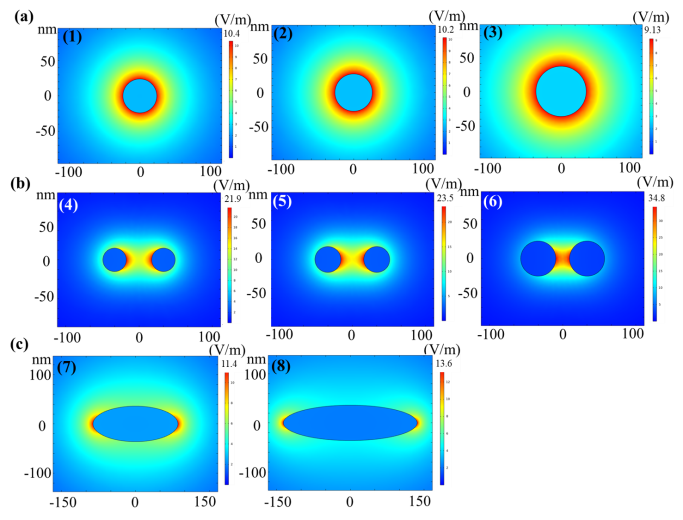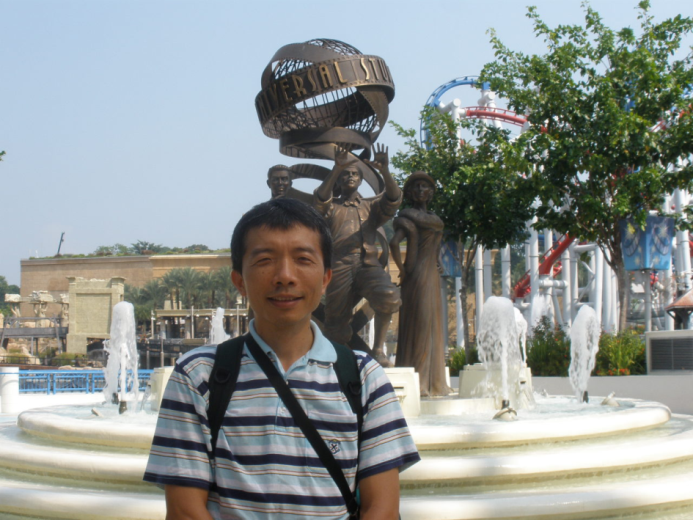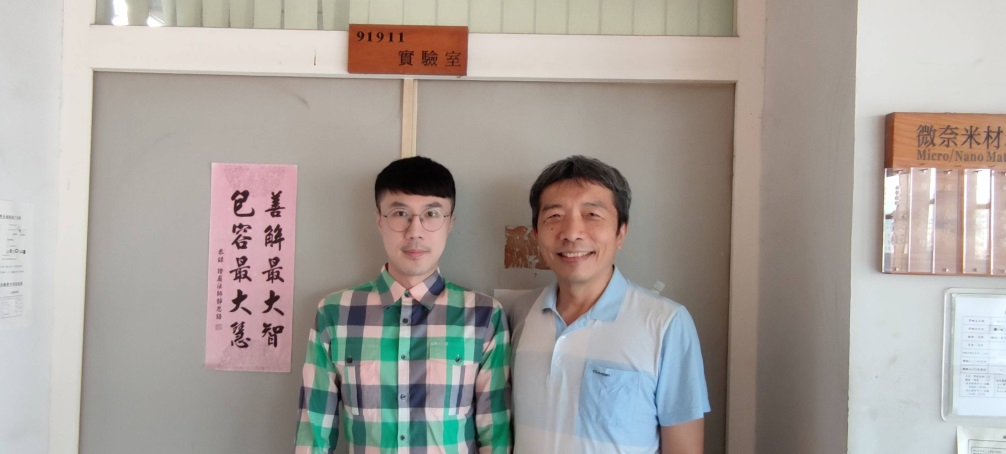Novel facile SERS sensing substrate with high sensitivity and stability using low-cost materials and fabrications
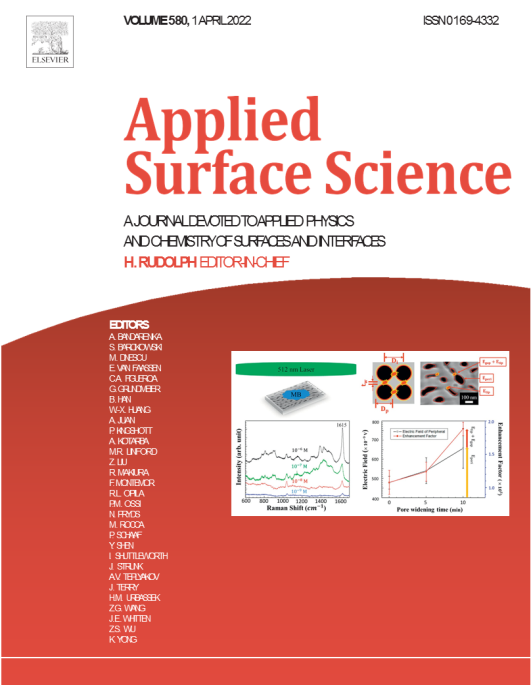
| Novel facile SERS sensing substrate with high sensitivity and stability using low-cost materials and fabrications | |||||||
|
Surface Enhancement Raman Scattering (SERS) is widely applied in food safety, environmental safety, and health inspection. It is a sensitive analytical technique, however, conventional techniques based on the metal nanoparticles (MNPs) provide poor reproducibility with time-consuming and complicated fabrication process. Anodic aluminum oxide (AAO) has the advantages of low-cost and self-assembly nanoporous property. However, traditional AAO as the SERS substrate are usually performed by a long-term anodizing process (4-27 hours) with expensive high-purity aluminum (99.99% or more) for the MNPs coating. Here, we developed a simple and cost-effective method to rapidly fabricate AAO as a substrate for SERS free of MNPs using low-purity aluminum (NTD$1 per piece). The process can be fast and simple (<30 min), low cost, and has excellent sensitivity and stability, which has good advantages in commercial production. This technology has obtained patent protection.
Summary of our techniques for sensing the MB and the results |
|||||||
| _______________________________________________________________________________________________ | |||||||
|
Surface Enhanced Raman scattering (SERS) is widely used in the fields of food safety, environmental safety, and health, which is a powerful analytical tool. Conventional SERS techniques usually use metal nanoparticles (MNPs) to create the nanogap between the MNPs to generate the hotspots to enhance the local electric field. However, the unstable MNPs make the poor reproducibility and stability of the SERS substrate. In addition, the fabrication process of the conventional SERS substrate is time-consuming and complicated, such as the lithography, reactive ion etching, the long-time chemical reactions. Anodic aluminum oxide (AAO) has the advantages of the simple fabrication, nano porous morphology, and the controllable dimensions of the pores. However, the conventional AAO as SERS substrates are usually fabricated by the long-term anodization process (4-27 hours) with expensive high-purity aluminum (99.99% or above), and decorating the unstable MNPs as hot spot, which limited the conventional SERS substrate from applying to the real detection because of the high cost, poor reproducibility, and the poor stability. Our team developed a new mechanism to enhance surface Raman spectroscopy, using one-step nanoporous AAO to coat metal film and generate metal pores to enhance the local electric field. Compared with traditional metal nanoparticles, our method has higher stability and uniformity.
|
|||||||
|
Figure 1. COMSOL® simulation of electric field of the AAO pores coated with Pt nano film, the strongest electric field occurs at (a) the peripheral of the single pore (b) the gap between the couple pores (c) the tips of the ellipse pores.
|
|||||||
|
As shown in Figure 1, according to the results of COMSOL® simulation, the strongest electric field occurs at the peripheral of the pores. In addition, enlarging the diameter of the pores and decreasing the gap between the couples will further enhance the electric field on the gap of the pores. Besides, the electric field is enhanced by the tips on the ellipse pore formed by 2-3 nanopores merging. Our method can detect the low concentration of Methylene Blue (MB) as probe molecule to the detection limit of 1 nM with a coefficient of determination (R^2) of 0.9406, which shows good linearity for quantitative analysis. With an appropriate adjustment of manufacturing process, the extremely low detection limit of MB at 0.1 nM can be further measured. In addition, there is good uniformity (standard deviation RSD <10%) over an area of 1.5 cm2. Compared with the traditional two-step anodization process that uses a long time (4-27 hrs) process at low temperature (0-10℃) with expensive high-purity aluminum foil, this method is a simple and cost-effective method, which is using a facile one-step hybrid pulse anodization with cheap low-purity aluminum to manufacture AAO at room temperature as the substrate for SERS. Our method is facile and simple (~30 min) with high sensitivity and stability, and the cost is relatively low (NTD$1 per piece), which has huge advantages in commercial production and use in the future. The result was published on high-impact Journal of Applied Surface Science (IF:7.392, Rank:1/19), and was chosen to be the cover image of the journal vol 580, Apr, 2022. Our SERS chip can be used in many fields: *Food safety inspection: Methylene blue is used in the disinfection and sterilization of aquaculture and fishery, however, it will remain on the surface of fish and even in the body. MB in the fish may cause nausea, vomiting and even shock. Our method can detect the low concentration of methylene blue that will not affect the human body. In addition, this technology can also be applied to detect melamine released from melamine tableware to extremely low concentrations, which is of great help for food safety. *Environmental safety inspection: Methylene blue can be used as an indicator of heavy metals such as lead and cadmium, and combined with those heavy metals in the environment, it has the advantages of rapid, sensitive and low-cost for the rapid detection of environmental wastewater pollution or the detection of factory wastewater discharge standards. In the future, it can also be used for rapid detection of other substances, such as pesticides, plasticizers, and even human health indexes. Such non-direct contact rapid detection will have a huge potential market. |
|||||||
| _______________________________________________________________________________________________ | |||||||
|
|||||||
subscribe E-news
Vol.34 NO.4(2022.8)-1 Author information
|
Author
Chen-Kuei Chung Department of Mechanical Engineering, National Cheng Kung University(NCKU) |
|
|
|
Research members
Chen-Kuei Chung Prof. Department of Mechanical Engineering, NCKU Chung-Yu Yu PhD Student Department of Mechanical Engineering, NCKU |
|
Key words SERS, Raman Scattering, Anodic aluminum oxide, Nanoporous, Sensitivity |
|
Research areas Prospective science & technology research |
|
References
https://www.sciencedirect.com/science/article/pii/S0169433221032803 |
|
Download |






